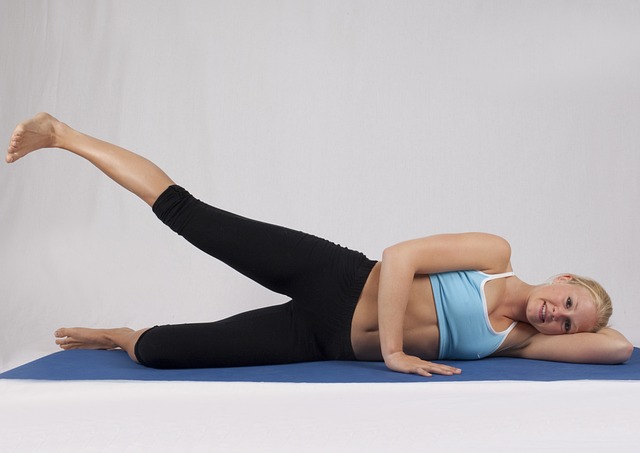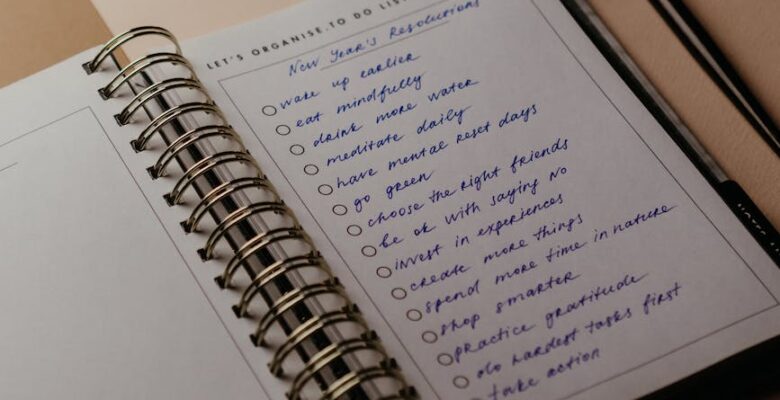Planning for your workout is critical to your success. You undoubtedly already know the fundamentals of exercise. But have you ever broken down your workout and explored each component?
If not, you could discover that going through each stage of your workout, from warm-up to cool-down, gives you a better grasp of what a regular workout looks like and the areas that pose the greatest difficulty when it comes to consistency.
You’ll understand the anatomy of a workout and get suggestions and information on how to make the most of your training time in the sections below.
Making Plans for Your Workout
Your workout begins far before your allotted time. This is a fact that many people ignore, and it is one of the major reasons why some people struggle to remain with a fitness regimen.
If you have everything you need and know what you’re doing, you’ll be one step closer to finishing your workout. If you don’t, you have yet another excuse to avoid your workout.

As a result, planning for your workout is just as crucial as executing it. Begin with these easy steps:
Planning Your Workout
Making time for exercise and writing it down on your calendar makes it a priority in your schedule and in your mind. Even if you divide your routine throughout the day, it’s critical to set aside time for that goal, even if it’s only 10 minutes.
Make a plan for what you are planning on doing. Some of us can just wing it, but most of us perform better when we plan out our workouts ahead of time. Make a note of the following for each workout you plan:
Type of workout: What kind of workout are you performing (e.g., aerobic, strength, yoga, pilates, etc.)? Your workout objectives (for example, endurance, flexibility, strength, etc.)
Workout duration: How long will you exercise?
Selection of exercises: What you’ll perform during your workout (for example, running intervals on the treadmill for 30 minutes and upper body strength exercises for 30 minutes)
Gather Your Exercise Equipment
Prepare for the next day’s workout by preparing everything you’ll need to accomplish it the night before. This may be packing a gym bag, laying out your training clothing, starting your video, and/or gathering any other equipment you require (water bottle, munchies, heart rate monitor, sunscreen, and so on).
Having things ready ahead of time will make your workout much easier.

Exercise Preparation
Another important aspect of preparation is ensuring that your body and mind are prepared for what is to come. That implies you should be properly nourished and hydrated. Have a light snack like nuts or a snack bar, and drink some water an hour or two before your workout. If you exercise in the morning, try to get up a bit earlier to drink some water, a protein bar, or a sports drink before you exercise.
Once you’ve assembled all of these components, it’s time to tackle one of the most difficult aspects of your workout: getting started.
Start planning your workout is perhaps the most important part of your entire regimen.
You have the decision to make here:
- do you want to work out or not?
- Will you drive to the gym or drive home?
- Will you get up and work out, or will you hit the snooze button?
It is at this point that you are most open to that sneaky voice in your head, that part of you that will go to any length to avoid this workout.
The problem is that most of us end up mentally struggling with ourselves, wondering if we will or will not. This mental wrestling saps energy and diverts attention away from what you’ve already committed to doing.
For a variety of reasons, you may try to talk yourself out of exercising. Maybe you’re worried about how the workout will go.
Perhaps you’re concerned that you won’t be able to finish or that it will hurt. Whatever concerns you have about the upcoming workout, that voice in your head will exploit them and try to persuade you to give up.
Put These Ideas to the Test
- You’re exhausted; why not do it tomorrow when you’re rested?
- You’ve put in so much effort today; wouldn’t it be lovely to just go home and watch TV?
- You know the workout is going to be awful, so why bother?
- You haven’t even lost any weight, so this exercise thing is obviously not working.
- Do you really need to exercise when your sock drawer is in such disarray?
You could undoubtedly come up with a lengthy list of reasons to skip your workout, and you can not completely silence this voice. But knowing it’s there and how to deal with it is critical for making the right decision.
Mental Strategies to Get You Started
Use the following tips to help you get started with your workout:
Make a decision. One technique to stop the voice is to resolve to work out regardless of the circumstances. When you really commit to what you’re doing and just get moving, it’s simpler to silence that voice.
Negotiate. Rather than engaging in the debate (will I or will I not? ), commit to simply warming up. On days when you’re exhausted, this strategy works great to motivate yourself—promise yourself that you’ll complete a really long warm-up, and if you still don’t want to exercise, you can stop. I’m confident you’ll keep going the majority of the time.
You should bribe yourself. Another technique to motivate yourself is to offer yourself a small reward for your efforts. Decide that once you finish your workout, you will be able to watch your favorite TV show, read, or start planning that weekend getaway you’ve been thinking about.
Make a list of the worst-case scenarios. Consider the worst-case scenario if you continue with your workout. Failure? Are you tired? Not completed your training? Are you depressed? Remind yourself that the worst thing you can do is not attempt at all.

Take some action. When you’re having a mental debate with yourself, do something active to get back on track. If you’re laying in bed debating whether or not to get out of bed and exercise, get up and put on your gym gear or perform some mild stretching. Whatever your head is doing, focus your physical body on your workout, and you may discover that you’re on the correct route to getting started.
If you’ve made it to this point in your workout, you’ve already accomplished success by overcoming the mental roadblocks to your training.
Exercise Physical Preparation
The warm-up is your opportunity to focus on the physical, particularly getting your body ready for the upcoming workout. As a result, the warm-up is an important element of your workout, not just for your body but also for your mind.
Warming up is essential for a variety of reasons, including:
- Warms the muscles and raises body temperature, increasing oxygen supply to the body.
- Increases blood flow to the muscles, which allows them to contract and relax faster.
- Prepares the body and mind for more demanding exercise.
- Lowers the likelihood of injury and post-workout muscle discomfort
- Improves total physical ability and performance
- The elasticity of ligaments, tendons, and other connective tissues is increased.
Warming up can be accomplished in a variety of ways. Passive warm-ups involve raising the body’s temperature through activities such as sitting in a hot tub or having a hot shower.
Warm-ups, in general, involve moving the body about to raise the heart rate and body temperature. Warm-ups are motions that are similar to the workouts you will be performing.
Any of them can be effective, and your choice will frequently be determined by the type of workout you are performing. Passive warm-ups (such as taking a hot bath) might be beneficial for moderate activities like stretching or yoga practices.1
You may want to select more specialized activities for additional workouts.
Cardio Workout Warm-ups
It’s advisable to keep to lighter versions of the exercises you’ll be doing for aerobic workouts. For example, if you’re running, you could begin with a few minutes of easy strolling, then progress to a slow jog, and then to the workout.
If you’re practicing aerobics, you might begin with low-impact routines (step touches, grapevines, marching in place, etc.) before progressing to more intensive activities.
Strength Training Warm-ups
You can either conduct a general warm-up (e.g., a few minutes of mild cardio) or a particular warm-up where you execute warm-up sets for each exercise before a strength session. In that situation, you could perform one set of the upcoming activity with smaller weights before moving on to higher weights.
Whatever form of warm-up you pick, apply the following recommendations to get the most out of it:

Warm up for 5-10 minutes: The length of your warm-up will frequently be determined by what kind of workout you will be doing. If you are planning on completing a strenuous workout, you may need to warm up for 10 minutes or more. You may only require a few minutes if you’re planning a light workout or are already warm from previous activities.
If necessary, stretch: There is significant debate about if you should stretch before or after your workout. I frequently advise my customers to conduct the majority of their stretching after they have cooled down. However, if you have persistently stiff muscles (such as your lower back or hips), stretching before your workout may make it more pleasant.
Take your time: the goal is to warm up gradually. Allowing your heart rate and respiration to build gradually can make the transition into your workout easier and give your body time to prepare.
After you’ve completed the warm-up, it’s time to go on to the next step, The Workout. It is here that you will increase the intensity and begin to test your body and mind.
The “workout” portion of your fitness program is, of course, where you focus your attention and begin working toward your objectives. As a result, this is the most important aspect of your workout. You’ll find information about many sorts of exercises and the components of each below.
